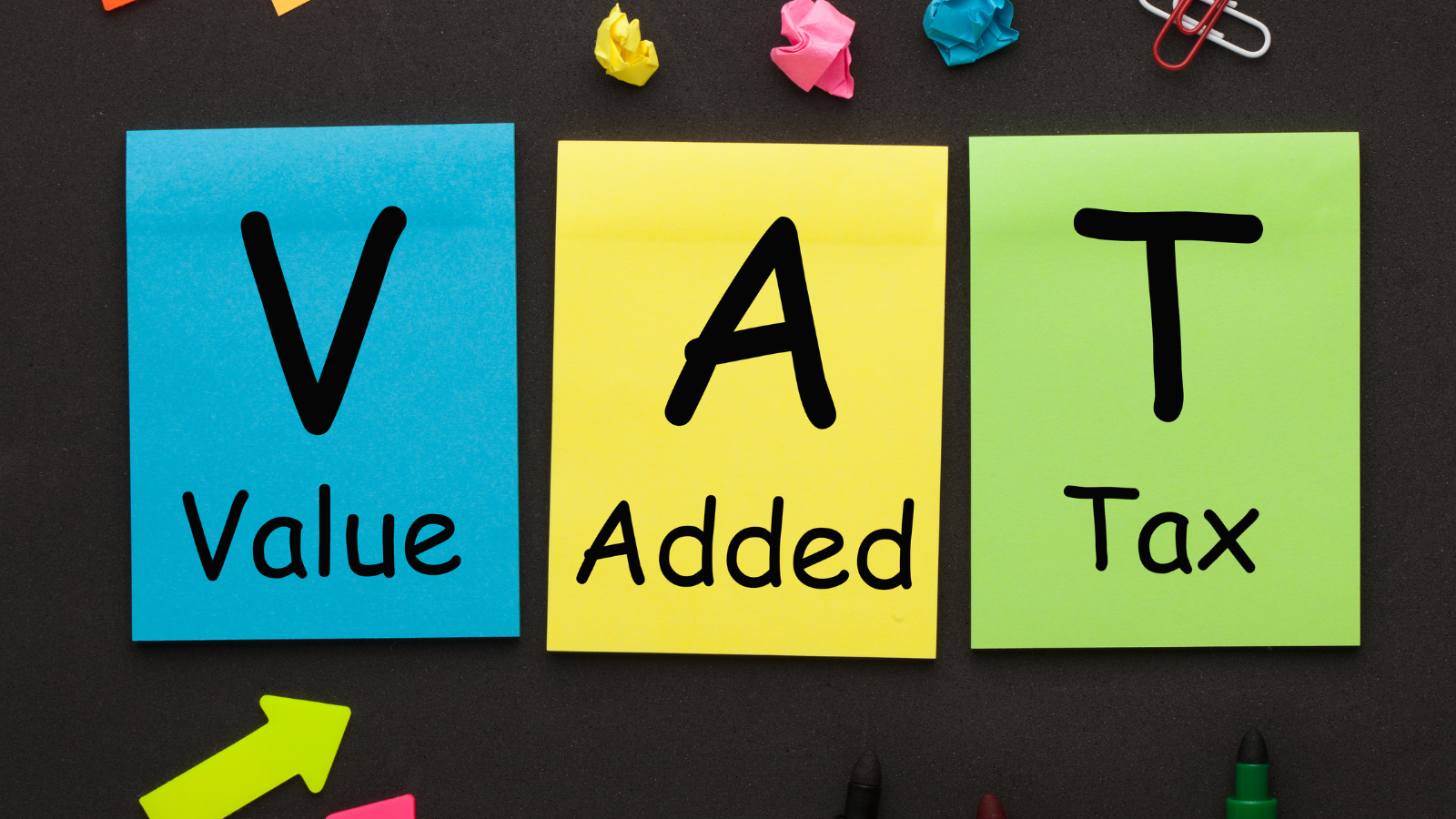What is Value Added Tax, more commonly known as VAT?
VAT is a consumption tax on the sale of goods and services, applicable to most of these with a few exemptions or reduced rates for certain items such as essential food, children’s clothing, and books. The standard VAT rate is set at 20% however there are also reduced rates of 5% and 0% that apply as mentioned above, on specific products and services.
What is the purpose of VAT?
Simply, it’s one of the main sources of revenue for the UK government, where businesses act as intermediaries between the government and the end consumer collecting the tax on behalf of the government.
VAT registration
VAT registration is mandatory for all businesses that have a turnover above the registration threshold of £85,000, or a business expects to exceed this threshold in the next 30 days. Registered businesses charge the VAT on their sales and are allowed to then reclaim the VAT they have paid on their purchases but must submit regular VAT return to HMRC (HM Revenue and Customs) and pay any VAT due.
When you register for VAT, you typically need to provide information about your business, such as its legal structure, turnover, and the types of goods or services it provides. You may also need to provide documentation such as bank statements, business licenses, and tax identification numbers.
If business turnover is below the registration threshold, it is still possible to register for VAT under the Voluntary VAT registration route. This allows a business to reclaim any VAT paid on purchases. This is particularly beneficial where the business supplies goods or services to VAT registered entities.
VAT deregistration
VAT deregistration can occur when a business is no longer eligible to be VAT registered, for example if it no longer offers VAT-taxable goods or services, ceased business, or when turnover falls below the deregistration threshold of £83,000.
Deregistration involves informing HMRC and ceasing to charge VAT on sales, as well as making final VAT returns and paying any outstanding VAT liabilities.It’s important to note that the rules around VAT registration and deregistration can be complex, and the requirements can vary depending on your business and the country you are operating in. It’s always a good idea to seek professional advice to ensure that you are complying with all the relevant regulations.
Contact Karen Keeling here.


 Exit Route Planning
Exit Route Planning  Xero Gold Partners
Xero Gold Partners  Business services
Business services  Corporate tax
Corporate tax 
